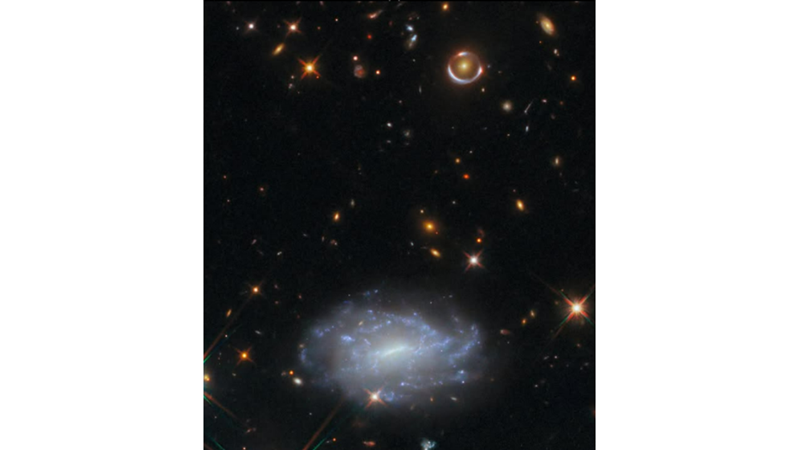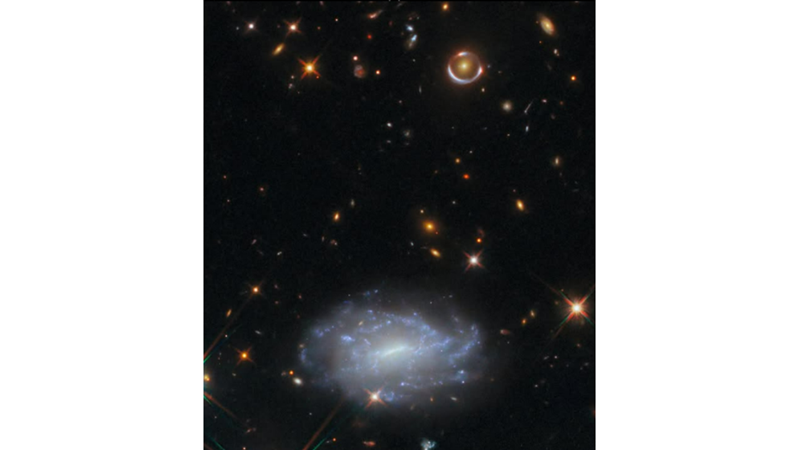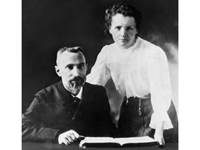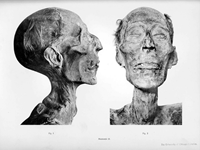Near the upper right corner, a smooth golden galaxy stands out with a ring surrounding it. This impressive image is based on an astronomical phenomenon called gravitational lensing. A large object, such as a galaxy cluster, bends space-time and causes light to be deflected and magnified as it passes around this massive structure.
Albert Einstein predicted with his theory of general relativity that spacetime could be bent in this way by large amounts of matter. The appearance of such galaxies stretched into rings, as in this image, is called “Einstein rings”.
In this #HubbleFriday image, the galaxy LEDA 803211, seen at the bottom, stands out. Located about 622 million light-years away, this galaxy has many star clusters scattered around its patchy disk structure.
Image description:
Bright objects, mostly small, scattered on a dark background in space. In the upper half on the right is an elliptical galaxy, a round light larger than the others, and a slightly curved ring of light around it. In the bottom half is a barred spiral galaxy so large that we can see its bluish arms and nucleus in detail. Other objects include distant galaxies and nearby stars.
Image credits: ESA/Hubble, NASA and D. Erb


 Nielawore
Nielawore










Yorumlar
Gerçekten çok güzel
Yorum yazmak için lütfen giriş yapınız